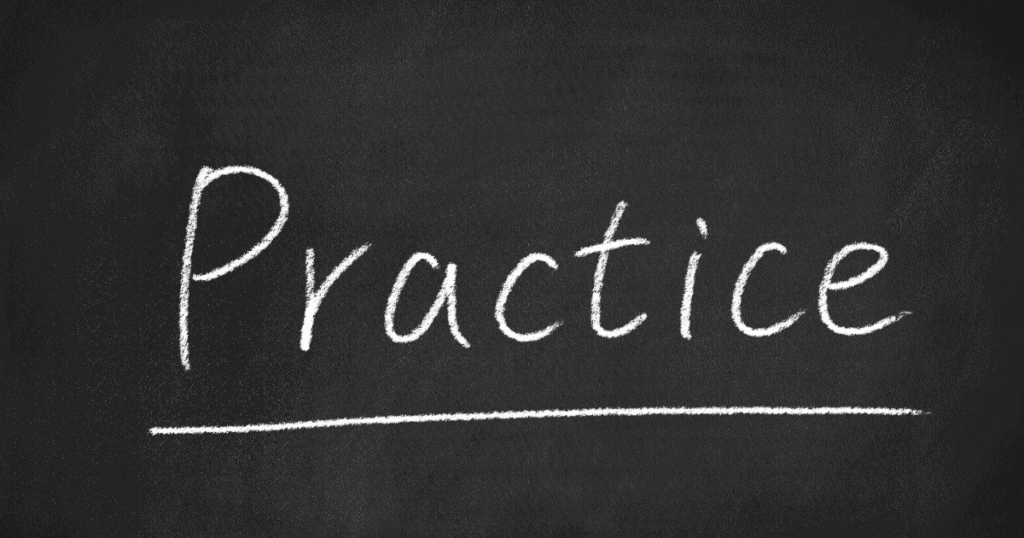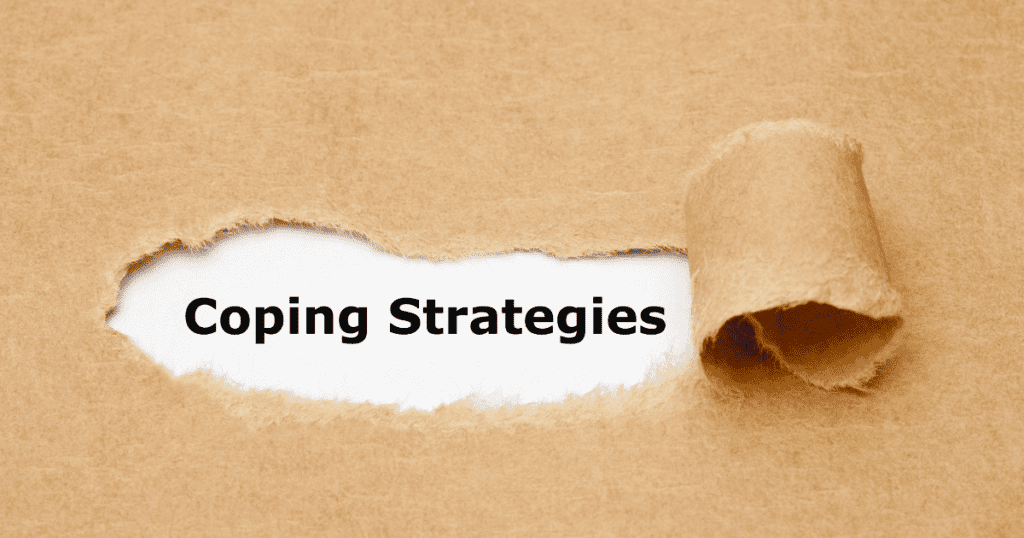
The current school environment is much more demanding than it has been in years past. The demands require that students are more mentally flexible than ever.
We expect students to use their brains in ways that require them to mentally (and physically) transition across tasks, subjects, and cognitive strategies.
Students who struggle to make these transitions may miss important information, fall behind in schoolwork, and experience declining grades.
There are three simple ways that educators and parents can help their students be more mentally flexible. One way is to introduce change in their environments or activities gradually, and the second way is to practice working through how to navigate unexpected changes. The third way is to help students build coping strategies when inevitable changes/shifts occur.
There are various underlying reasons why some students have difficulty with mental flexibility. Some students present mental health diagnoses that impact cognitive and emotional regulation skills. Others may be diagnosed with neuro-developmental disorders such as Attention Deficit Hyperactivity Disorder or Autism, including symptoms involving mental inflexibility.
This article will discuss ways that educators and parents can help students increase mental inflexibility.
What does it mean to be “mentally flexible?”
Mental (or cognitive) flexibility is the ability to make mental shifts in the presence of novel or unexpected changes to a routine or task. Individuals who are considered to demonstrate mental flexibility seem to “go with the flow.”
These individuals almost always appear to have minimal difficulty when plans are changed last minute, or if they get a task they may be unprepared for, add it seamlessly to their to-do list.
Conversely, you may have witnessed students (or personally experienced) display extreme frustration when things do not go as planned.
In response to this change, you may observe (or experience) an individual insisting on keeping things as planned or “digging their heels in” when prompted to adjust to the new plan.
Students with mental inflexibility may stay engaged with the activity they are working on and do not transition when prompted.
They may avoid the change/new task altogether or throw a tantrum.
Without the ability to mentally shift gears when new or unexpected changes occur, students may receive consequences for emotional or behavioral responses that do not align with the school or classroom expectations.
Why is it so important to develop mental flexibility?

The short answer: change is inevitable. Even our best-laid plans seldom go without some deviation. Students who build the ability to be mentally flexible can handle challenges thrown at them regularly.
The school environment is rife with obstacles. They meet new peers, new teachers, and new ideas.
The very nature of learning is that we expose students to new information and expect them to incorporate it into their existing experiences. Without new experiences and challenges, the student will fail to grow the necessary skills.
Mentally flexibility also helps students to manage their emotions better and build problem-solving skills. School can be undesirable without the ability to solve problems or control their emotional states. Here are three strategies we can implement to help students increase flexibility throughout their day.
1. Gradually introduce change

In my work as a school psychologist, I have observed classroom and school procedures that ask students to mentally shift from one task/class to the next in a matter of minutes.
Most students seem to be able to make these shifts without difficulty. When speaking with a teacher who had a challenge with one of her students, she needed assistance with helping him to transition. He was taking an extended time to stop what he was working on, gather his materials, and then line up for a class transition. I saw that he did not appear to have the skill to shift as rapidly as expected.
This particular student could finally make the required transitions, but the teacher had to prompt him several times at each step to get him to his next class (which he was late).
In this instance, he required more time to make all the mental and physical shifts necessary to move through these expected shifts.
In my structured observation, I looked for the latency period between the ask and the student response. With this information, we could determine how much time he needed for each transition.
From there, we created a plan for the teacher to initiate the ask earlier than she would for the other students. She would go to him, ask him by name to stop the task he was working on, and allow him the necessary time to make the change.
With the plan for this student to experience more time to make this mental (than physical) shift, she was able to help him get out of class earlier and on to the next without consistently being late to class.
This example may remind you of a student (or child) that exhibits the same difficulties. Depending on the student’s age and level of mental inflexibility, the plans may require additional staff, visual aids, or adjustments to his schedule or routine.
However, it can be to the detriment of the student if they are not supported when task demands to make mental shifts or transitions exceed the student’s ability. The following strategy focuses on a more involved way of pre-planning for unexpected changes that may occur.
2. Practice working through various outcomes

We know that all sorts of factors can intersect to create unexpected change in a classroom or school.
But when realistically reviewing common scenarios that may emerge over a student’s day, we can identify some predictability across settings.
School districts may have procedures for unexpected events such as tornadoes, fires, or other dangerous situations that may occur while students are in school.
There are situations that students may regularly encounter at school, and we can identify opportunities to highlight and practice how they can adjust to the shifts.
Students may have a substitute due to a teacher’s absence. Parents may need to make changes to after-school pick-up. An after-school event that a student enjoys is canceled. A student forgets their homework and is afraid she will get in trouble with her teacher.
Again, most students will deal with these changes without emotional or mental fallout.
Students (children) who present as inflexible may greatly struggle with these changes. They may avoid class if they forget their homework, and he may cry and throw a tantrum when his favorite club is canceled. She may display rigid behaviors in class with a substitute, insisting that this is “not the way our teacher does things.”
With these students, it may be helpful to practice what to do if some unexpected arises.
Students may benefit from role-playing the scenario to physically experience what they can do to deal with the change. It may be helpful to ask questions along the way to assess what methods your student comes up with about how to deal with the situation.
You may practice going through the methods that your student identifies. Then, offer a few suggestions and model these with your student before having them model them.
From there, you can problem-solve together some of the best ways to handle the situation so they can choose from several options.
It is also helpful to discuss with your student it is okay to be upset when things change. Explain that it is normal to experience frustration, disappointment, and anger when setbacks or obstacles occur. The next step is to work on helping students (children) build resiliency through coping skills.
3. Help students build coping skills

One of my favorite ways to work with students is to help them increase resiliency by building coping skills.
They grow when students have the strategies to deal with obstacles and challenges.
There are various ways that students (children) can develop and build coping skills.
It is helpful first to assess what may be at the root of the mental and/or emotional roadblock due to the change/shift.
Is the student fearful or anxious about a consequence they may face by not finishing this work on time?
Is this a highly preferred activity that they seldom enjoy outside of the present moment?
Has this student (child) been planning and looking forward to this activity for some time?
Similar to practicing going through different outcomes, helping students build coping skills can include the mental shifts and self-talk that they can engage in to reduce the emotional overwhelm that they may experience.
Educators and parents can teach students and children to understand and identify the size of a problem. Activities such as these can help younger students physically “see” problem sizes and find ways to resolve the issue.
Another coping skill is teaching about emotional states and helping them identify tools to help them manage those emotions. The Zones of Regulation is an excellent tool that I have used with students that helps identify various emotional states that they experience and then empowers them to find personalized tools for each state.
Lastly, for more extreme emotional and behavioral challenges due to mental inflexibility, students may benefit from a referral to school-based counseling or community cognitive/behavioral support to provide more intensive interventions.
Educators and parents who can improve their understanding of what is at the root of a student’s (child’s) mental inflexibility can be proactive about how best to support them in the school and home environments.
